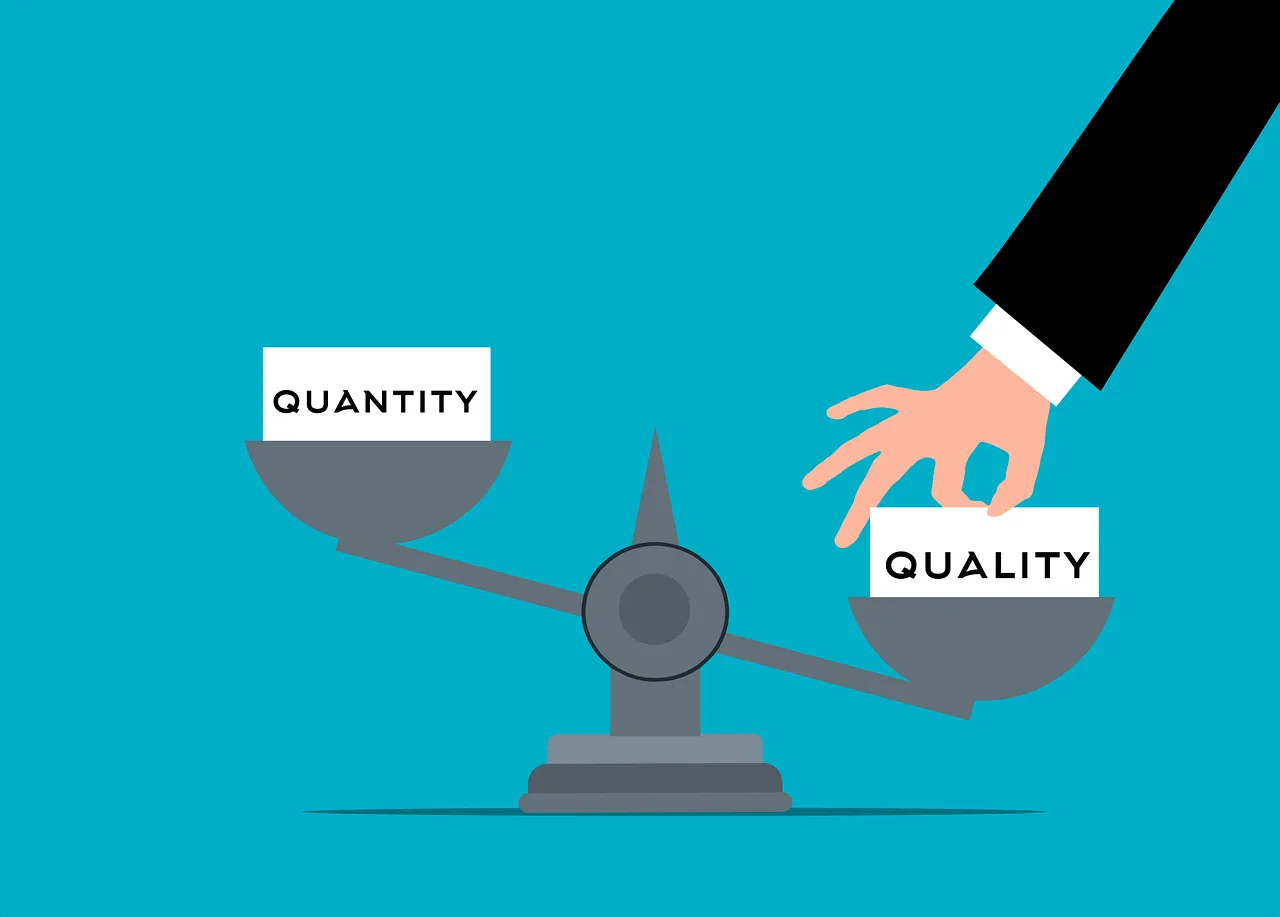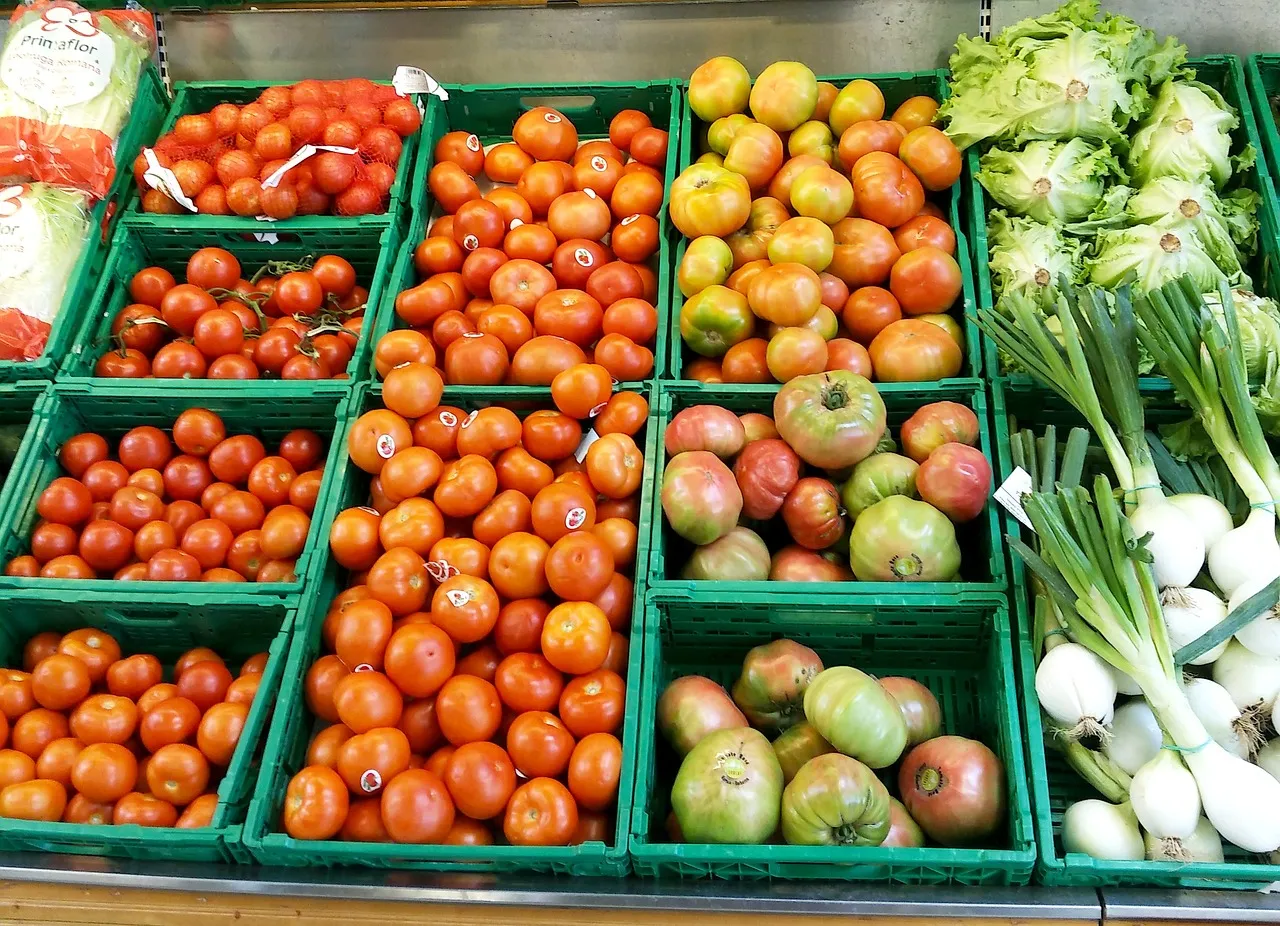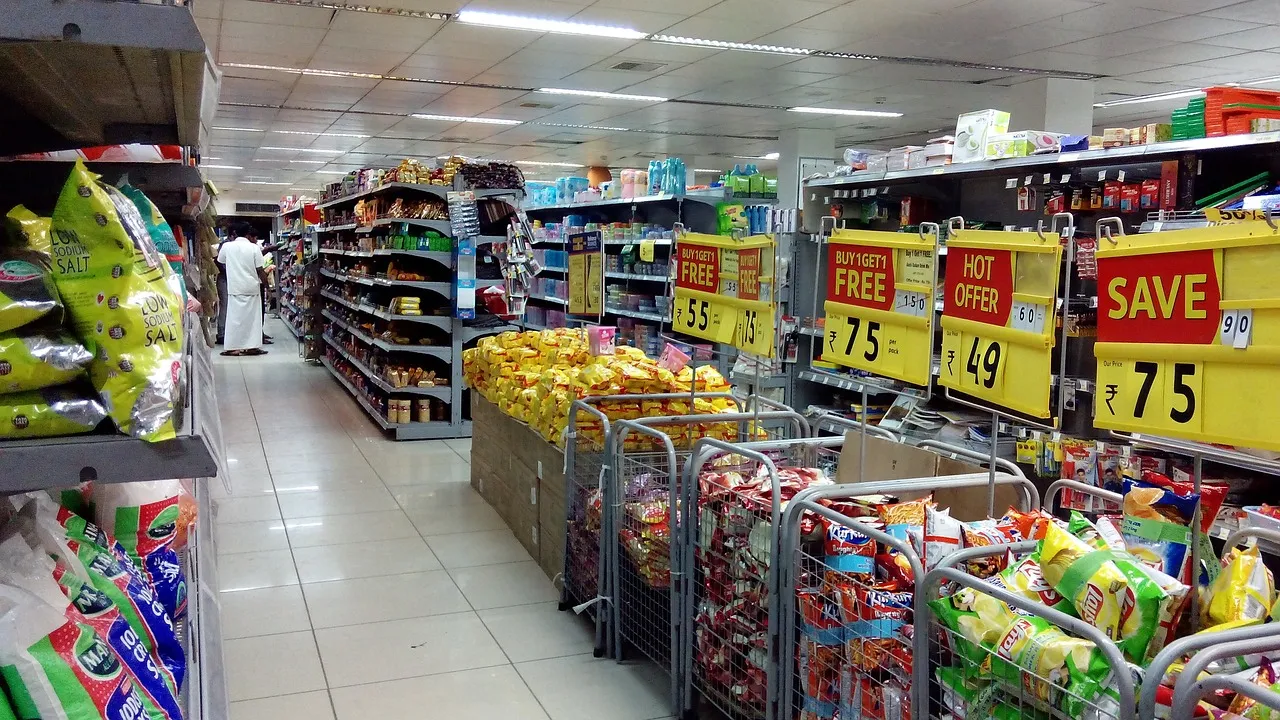
PIXABAY
¿Alguna vez te has preguntado por qué en algunas ocasiones varían los precios de ciertos productos en el auto mercado? Por ejemplo, consigues los tomates a un precio muy asequible en ciertas temporadas, y en otras ocasiones el precio pareciera un escándalo a tu bolsillo. Tal vez uno podría pensar que esto es un fenómeno producto del capricho del dueño del establecimiento, sin embargo te comento que va un poco más allá de eso. Entra en escena un proceso cuyo concepto lo determina la ciencia de la Economía y los elementos que conforman esa dinámica se denominan OFERTA Y DEMANDA.
La oferta y la demanda son conceptos económicos fundamentales que se refieren a la interacción entre los productores (los que proveen) y los consumidores (compradores) de un bien o servicio en un mercado. En pocas palabras, describe la relación entre la cantidad de algo que está disponible (oferta) y la cantidad que la gente quiere comprar (demanda). Esta relación afecta tanto al precio como a la cantidad del producto que se vende. ¿Puedes ver que es algo muy sencillo hasta ahora? Hablemos de otros fundamentos a continuación:
Una de las principales características de la oferta y la demanda es que están inversamente relacionadas. Diciéndolo de manera más sencilla, a medida que aumenta el precio de un bien o servicio, la cantidad ofrecida también aumenta, pero la cantidad demandada disminuye. Ahora de manera inversa, a medida que disminuye el precio de un bien o servicio, la cantidad suministrada disminuye mientras que la cantidad demandada aumenta. Esta relación crea un punto de equilibrio en el que la cantidad ofrecida es igual a la cantidad demandada, y ahí es donde el mercado se asienta en términos de precio y cantidad.
De hecho, la Ciencia Económica formuló unas leyes que rigen estos conceptos, revisemos un material del sitio web especializado en este tema
ECONOMIPEDIA
Para hablar de la teoría de la ley de oferta y demanda es necesario conocer antes las leyes de oferta y demanda. ¿Por qué? Porque esta teoría es el resultado de la vinculación que existe entre ambas leyes.
La ley de la demanda establece que, manteniéndose todo lo demás constante (ceteris paribus), la cantidad demandada de un bien disminuye cuando el precio de ese bien aumenta. Esto se debe a que cuanto más caro sea un bien, menor será el número de consumidores interesados en comprarlo. Por ejemplo, imagina que te apetece un zumo de naranja y vas a un bar a pedir uno. Si el precio que tiene el zumo es de 1$, muy probablemente lo compres. Sin embargo, si el precio del zumo es de 100$, salvo que seas un amante de este tipo de zumos, casi seguro que no lo comprarás.
Por el otro lado, la ley de la oferta indica que, manteniéndose todo lo demás constante (ceteris paribus), la cantidad ofrecida de un bien aumenta cuando lo hace su precio. En este caso, cuanto mayor sea el precio de un bien, más rentabilidad ofrecerá a los productores y más interesante será para ellos venderlo. Volviendo al ejemplo del zumo de naranja, si el bar puede vender zumos a 20$ con un coste de producción de 1$, el margen que deja es muy grande y mucha gente querrá vender zumos. En cambio, si el precio de mercado es de 1,5$, habrá muchos oferentes que ya no les interese vender zumos a ese precio.
Así, la curva de la oferta y la curva de la demanda muestran como varía la cantidad ofrecida o demandada, respectivamente, según varía el precio de ese bien.
-ECONOMIPEDIA
Utilizando un bien distinto, otro ejemplo de esta relación puede verse en el mercado de la vivienda. A medida que aumente el precio de la vivienda, más constructores estarán dispuestos a construir viviendas, ya que los beneficios que pueden obtener también aumentan. Sin embargo, esto también significa que los compradores potenciales se sentirán desalentados por los altos precios y estarán menos dispuestos a comprar viviendas. Lo contrario también es cierto. Cuando bajan los precios de la vivienda, los constructores están menos dispuestos a construir nuevas casas porque los beneficios serán menores. Al mismo tiempo, es más probable que los compradores adquieran viviendas porque pueden permitírselas.
Los efectos de la oferta y la demanda son muy diversos, es decir repercuten en muchos aspectos diferentes de la economía. Los precios de los bienes y servicios son uno de los resultados más evidentes, ya que fluctúan en función de la relación entre ambos elementos, sin embargo, también afectan a la producción y la asignación de recursos, así como a la eficiencia general de los mercados. Los gobiernos y sus responsables que rigen la materia, suelen tener en cuenta la oferta y la demanda a la hora de tomar decisiones sobre políticas económicas, impuestos, subvenciones y normativas.
En resumen, la oferta y la demanda son conceptos cruciales para comprender cómo funcionan los mercados. Implica la interacción entre productores y consumidores a la hora de determinar el precio y la cantidad de bienes y servicios. Es un proceso dinámico, constantemente influido por factores cambiantes, pero sus efectos generales pueden sentirse en la economía en general.
Hemos observado que existe un concepto clave en este proceso, lo viste ¿verdad? El MERCADO, aunque me referiré a él en otra publicación, ya que es omnipresente en todo el fenómeno económico y además esencial ara comprender todo el proceso como un todo. Ya lo sabes, si ves muy elevado el precio del tomate, pues sustitúyelo a conveniencia por otro producto y cuando esté en su temporada de oferta abundante, y a precio de gallina flaca aprovecha estimado lector.
Have you ever wondered why sometimes the prices of certain products vary at the super market? For example, you get tomatoes at a very affordable price in certain seasons, and at other times the price seems like an outrage to your pocket. Perhaps one might think that this is a phenomenon product of the whim of the owner of the establishment, however I tell you that it goes a little further than that. It is a process whose concept is determined by the science of Economics and the elements that make up this dynamic are called SUPPLY AND DEMAND.
Supply and demand are fundamental economic concepts that refer to the interaction between producers (those who provide) and consumers (buyers) of a good or service in a market. Simply put, it describes the relationship between the amount of something that is available (supply) and the amount that people want to buy (demand). This relationship affects both the price and the quantity of the product being sold. Can you see that it's pretty straightforward so far? Let's talk about other fundamentals next:
One of the main characteristics of supply and demand is that they are inversely related. Putting it more simply, as the price of a good or service increases, the quantity offered also increases, but the quantity demanded decreases. Now inversely, as the price of a good or service decreases, the quantity supplied decreases while the quantity demanded increases. This relationship creates an equilibrium point where the quantity supplied equals the quantity demanded, and that is where the market settles in terms of price and quantity.
In fact, Economic Science formulated some laws that govern these concepts, let's review some material from the website specialized in this topic:
ECONOMIPEDIA
To talk about the theory of the law of supply and demand it is necessary to know first the laws of supply and demand. Why? Because this theory is the result of the link between the two laws.
The law of demand states that, everything else being constant (ceteris paribus), the quantity demanded of a good decreases when the price of that good increases. This is because the more expensive a good is, the fewer consumers will be interested in buying it. For example, imagine that you feel like an orange juice and you go to a bar to order one. If the price of the juice is $1, you will most likely buy it. However, if the price of the juice is $100, unless you are a juice lover, you will almost certainly not buy it.
On the other hand, the law of supply states that, all else being equal (ceteris paribus), the quantity of a good offered increases as its price increases. In this case, the higher the price of a good, the more profitable it will be for producers and the more interesting it will be for them to sell it. Returning to the example of orange juice, if the bar can sell juices at $20 with a production cost of $1, the margin it leaves is very large and many people will want to sell juices. On the other hand, if the market price is $1.5, there will be many suppliers who are no longer interested in selling juices at that price.
Thus, the supply curve and the demand curve show how the quantity supplied or demanded varies, respectively, as the price of that good varies.
-ECONOMIPEDIA
Using a different good, another example of this relationship can be seen in the housing market. As housing prices increase, more builders will be willing to build homes, as the profits they can make also increase. However, this also means that potential buyers will be discouraged by higher prices and will be less willing to buy homes. The reverse is also true. When housing prices fall, builders are less willing to build new homes because profits will be lower. At the same time, buyers are more likely to purchase homes because they can afford them.
Supply and demand effects are very diverse, i.e., they impact many different aspects of the economy. The prices of goods and services are one of the most obvious outcomes, as they fluctuate according to the relationship between the two elements, but they also affect production and resource allocation, as well as the overall efficiency of markets. Governments and their policy makers often take supply and demand into account when making decisions about economic policies, taxes, subsidies and regulations.
In short, supply and demand are crucial concepts in understanding how markets work. It involves the interaction between producers and consumers in determining the price and quantity of goods and services. It is a dynamic process, constantly influenced by changing factors, but its overall effects can be felt in the economy at large.
We have observed that there is a key concept in this process, you saw it right? The MARKET, although I will refer to it in another publication, since it is omnipresent in the whole economic phenomenon and also essential to understand the whole process as a whole. You already know, if you see the price of tomatoes is too high, then substitute it for another product at your convenience and when it is in its season of abundant supply, and at a skinny hen price, take advantage of it, dear reader.







